The Philippine crocodile (Crocodylus mindorensis) is considered the rarest crocodilian on Earth. Fewer than 125 adults survive in the wild, tucked away in the rivers of the Northern Sierra Madre. For centuries, Indigenous Agta communities revered the crocodile as an ancestral figure, a guardian of strength and fertility. But over time, commercial hunting, destructive fishing practices, and relentless human expansion pushed the species to the edge of extinction.
In 1999, a turning point came when biologists and local leaders joined forces to search the rivers of San Mariano, finding a handful of survivors. From that discovery grew the Mabuwaya Foundation, a conservation initiative built on close collaboration with local communities. Today, Indigenous guardians patrol rivers, collect fragile hatchlings, and carry them to the Philippine Crocodile Conservation Center, where they are raised before being released back into the wild. Thanks to this work, the population has more than doubled in the past two decades—a fragile but significant recovery.
I immersed myself in these communities to tell the crocodile’s story through the people who live alongside it. I followed guardians carrying newly hatched crocodiles through the forest, sat with elders who described their spiritual bond with the species, and shadowed biologists as they trekked riverbanks in search of elusive adults.
The project became a portrait of a critically endangered animal, and at the same time a meditation on coexistence. The crocodile’s survival rests on fragile alliances: the trust between researchers and Indigenous communities, the balance between ancestral traditions and modern conservation practices, and the hope that people and predators can still share the same waters.
Through privileged access and close collaboration, I sought to capture both conflict and resolution, showing how human choices shape the fate of a species. By weaving together scientific detail, cultural memory, and intimate encounters, the story reflects the true complexity of conservation today—where protecting wildlife is inseparable from the relationships that bind people to the natural world.
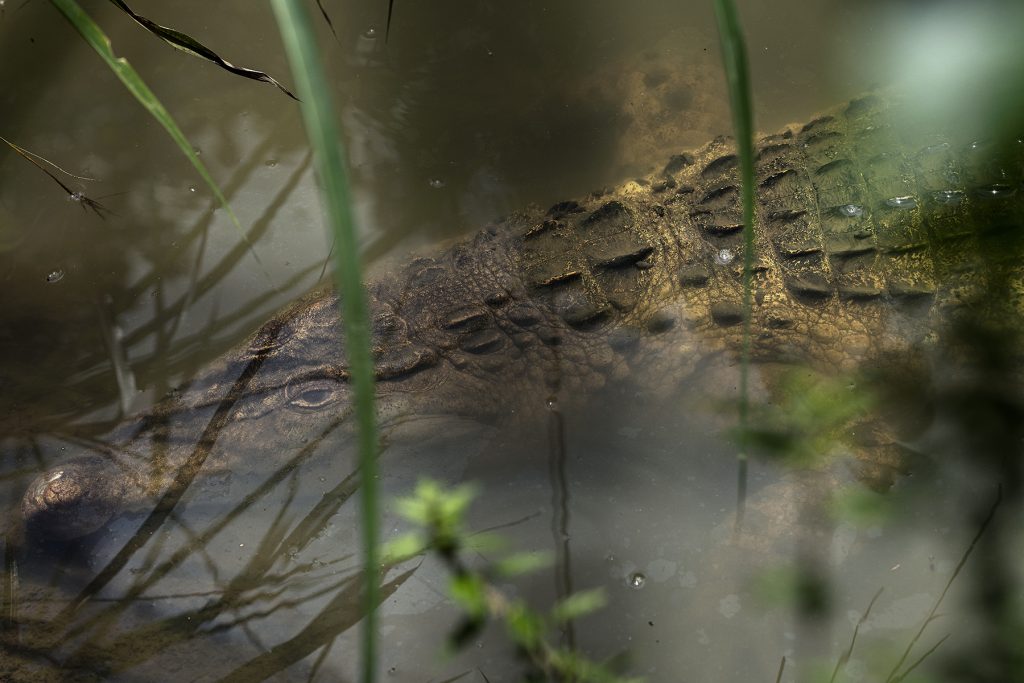
Crocodile Keepers 01
The Philippine crocodile Crocodylus mindorensis is a freshwater crocodilian endemic to the Philippines With an estimated 125 specimens inhabiting the northern Sierra Madre the Philippine crocodile is considered one of the rarest species on Earth and is classified as critically endangered by the IUCN Red List of Threatened Species To prevent the extinction of this species community-based initiatives including awareness campaigns repopulation programs and monitoring have been implemented in San Mariano and neighboring municipalities
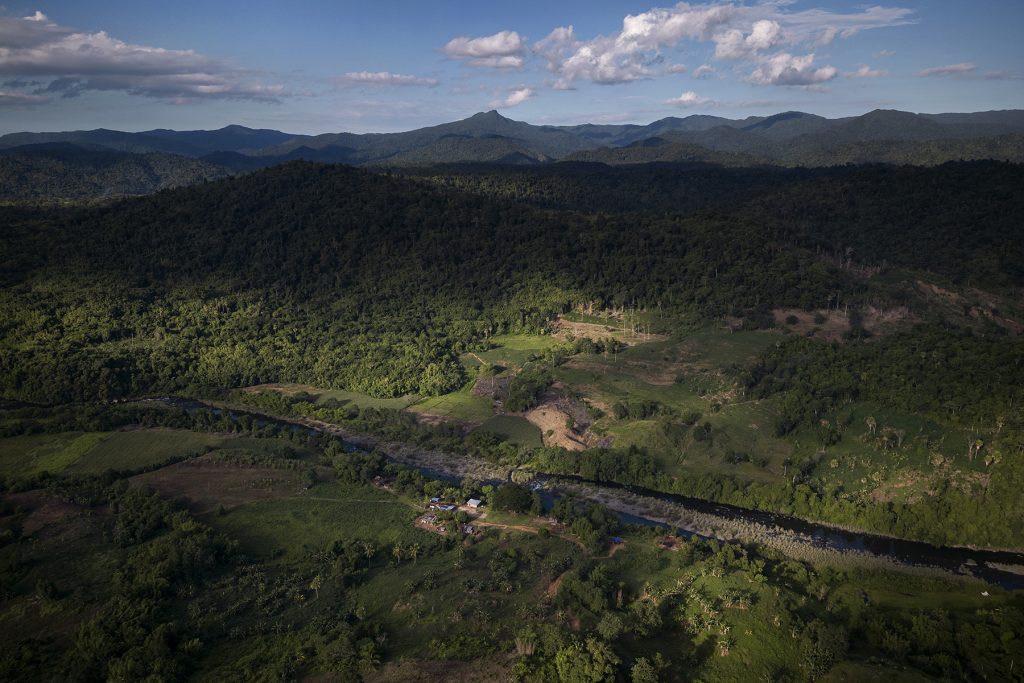
Crocodile Keepers 02
The Catalangan River delineates the border of the Northern Sierra Madre Natural Park Dunoy Lake is situated within the strict protection zone of the park which signifies that all human activities are strictly prohibited Many people inhabiting this remote area are unaware of the boundaries zones and rules and regulations of the protected area This lack of awareness has led to continued expansion of agricultural fields The Department of Environment and Natural Resources DENR lacks the capacity finances and political support to effectively enforce the law br It is surprising to note that one of the rarest animals in the world the Philippine crocodile survives in a predominantly agricultural landscape often in close proximity to human settlements
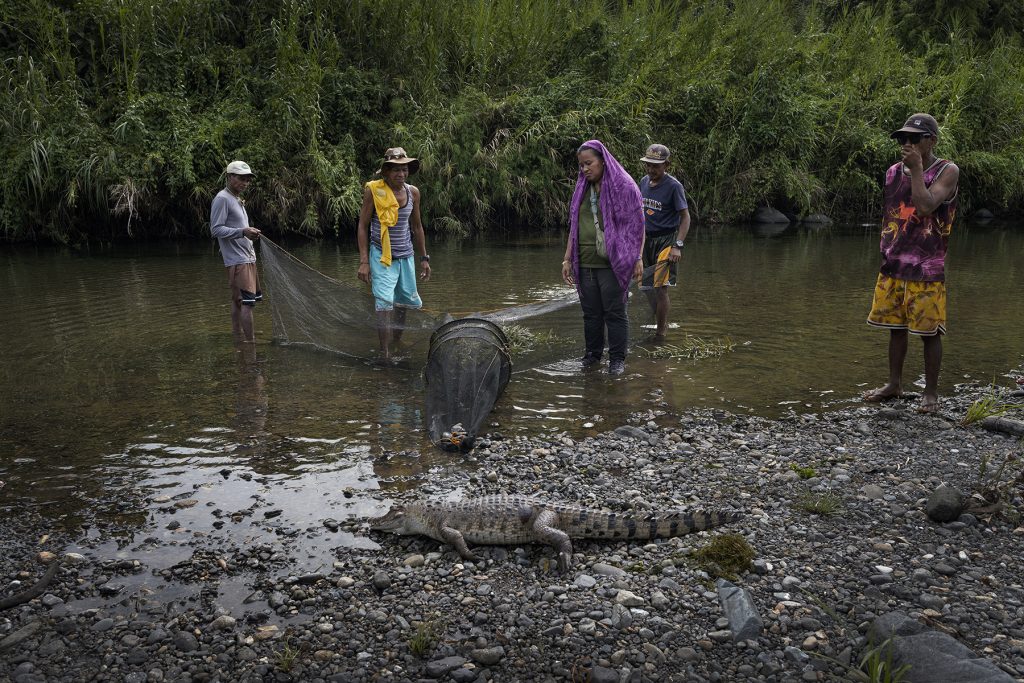
Crocodile Keepers 03
Since 2004 the Philippine crocodile has been legally protected by the Wildlife Act Republic Act No 9147 which prohibits the killing or wounding of the animal br Nevertheless in these remote areas environmental law enforcement is weak and reports of dead crocodiles have been documented over time Despite the existence of regulations and guidelines on sustainable fishing practices individuals continue to employ wide nets in rivers that can entangle and drown crocodiles This particular Philippine crocodile which was likely approaching sexual maturity was found deceased trapped in a fishing net near a rice field on the Disulap Riverbank
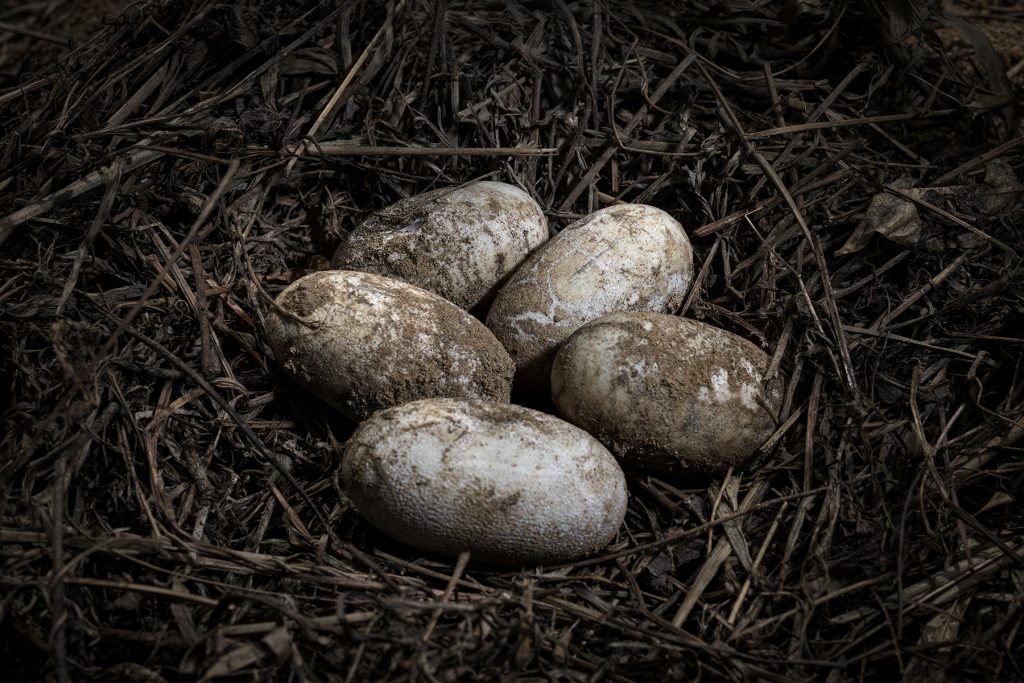
Crocodile Keepers 04
The Philippine crocodile typically constructs a mound nest of dried leaves twigs bamboo leaves and soil during the dry season April May br The incubation period in the wild is estimated to be between 77 and 85 days with the eggs measuring 67 to 70 mm in length and weighing approximately 70 to 100 grams br Such nests are susceptible to disruption by human activity and natural predators br In regions where agriculture is highly prevalent crocodile nests are frequently situated within cornfields rendering them susceptible to disruption br Bantay Sanktuwaryo employs active search methods in the wild to prevent the destruction of nests Upon the discovery of a nest a demarcation is established using a billboard and in instances where necessary a fence is erected br In 2024 the Mabuwaya Foundation achieved a significant breakthrough in crocodile conservation by successfully breeding two adult specimens in their PCCC facility This resulted in the laying of the first batch of eggs marking a crucial step in the species survival Although the eggs were not fertile this represents a significant advancement in the future of Philippine crocodile conservation
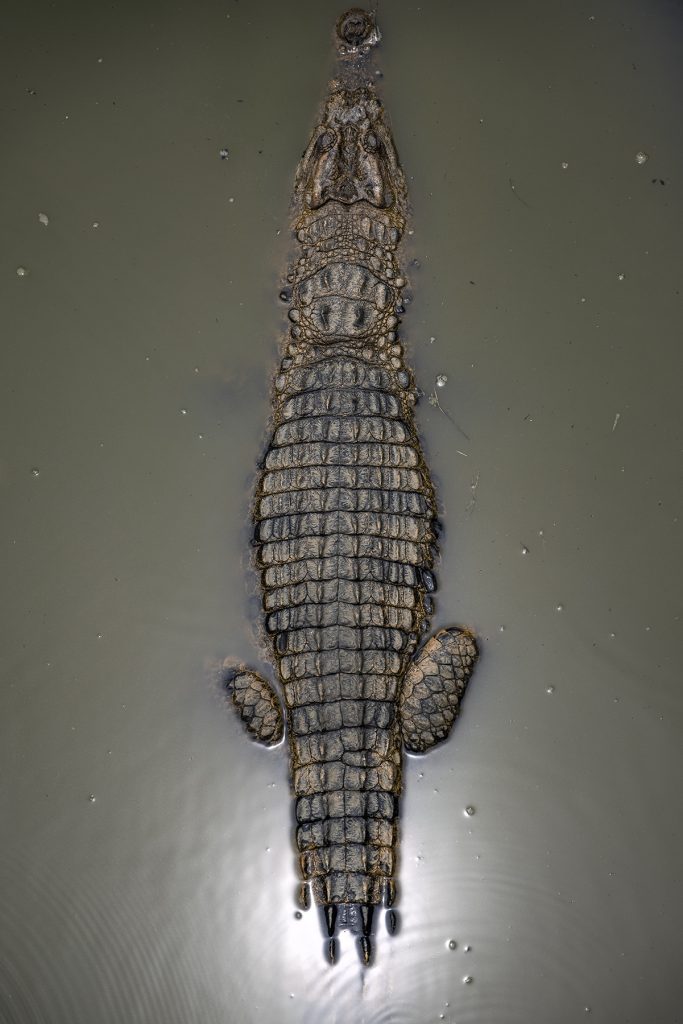
Crocodile Keepers 05
In the mythology and folklore of indigenous peoples such as the Agta crocodiles play a prominent role br In many cases crocodiles are regarded as the embodiment of benevolent ancestors known as anito who are venerated as personal guardians and the bringers of good harvests br However the ancestors could also be the cause of death and destruction if not given due respect and killing a crocodile is always considered an unwise provocation This is not only due to the physical danger but also the risk that an evil spirit will bite your soul The Agta believe that some crocodiles are guarded by spirits living in a parallel world which is often interpreted as an underwater village
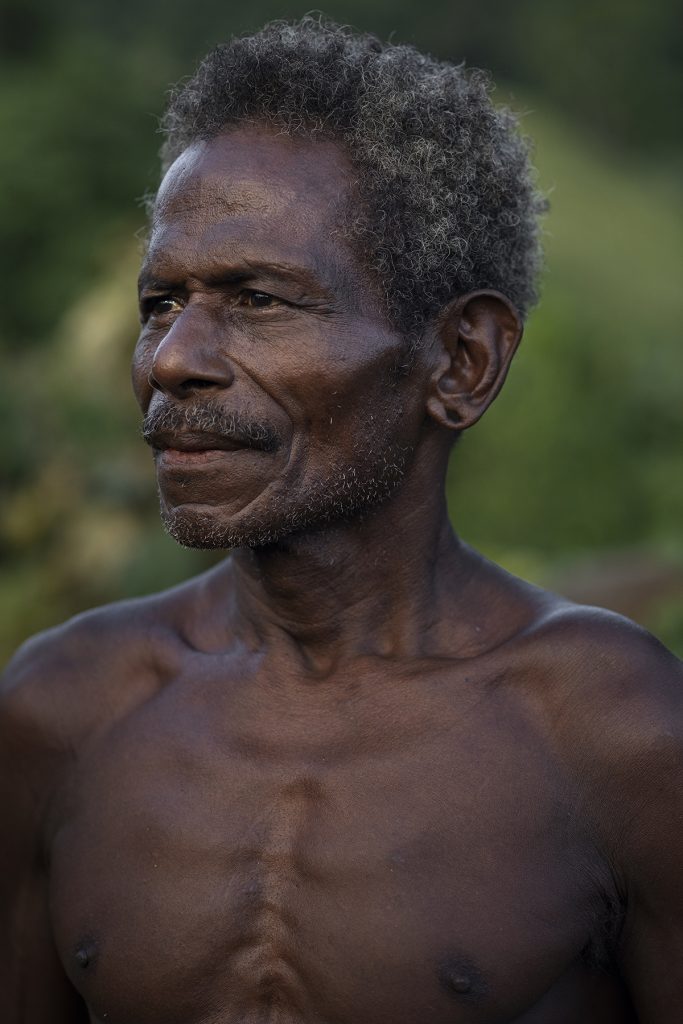
Crocodile Keepers 06
Marshall Magas is an Agta indigenous man originally from Gab-Gab village situated within the boundaries of the northern Sierra Madre Natural Park br He has always lived by hunting fishing and agriculture exercising great care to ensure that his family s needs were met without exceeding sustainable limits br In recent years he has observed a decline in the population of deer wild boar and fish br In particular the scarcity of animals to hunt prompted him to relocate to Dunoy situated on the opposite bank of the river br In this more accessible location he is able to secure a workforce in exchange for rice and engages in trade involving the banana and cassava crops cultivated on his fields br Since the crocodile conservation program and awareness campaigns have commenced he has observed a notable increase in the population of these reptiles He states There should be more respect for the environment that surrounds us By educating people about the importance of animals in the ecosystem we can begin to protect them and restore the natural equilibrium of the ecosystem This will undoubtedly improve not only the environment but also our livelihood
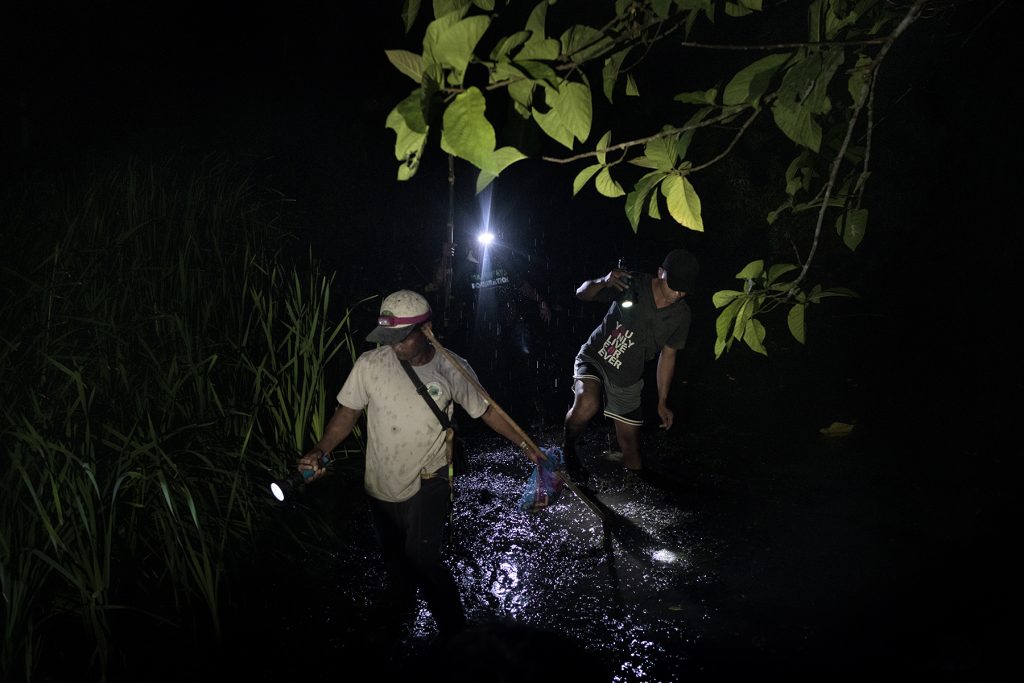
Crocodile Keepers 07
Local community members in conjunction with the Bantay Santuwaryo are engaged in the nocturnal capture of Philippine crocodile hatchlings in Dunoy br The destruction of nests the scarcity of undisturbed nursery pools and predation from other animals have resulted in a high hatchling mortality rate Once collected these hatchlings are raised in captivity for two to three years and are subsequently released as juvenile crocodiles back into the wild This operation helps to increase recruitment rates and the consequent Philippine crocodile population
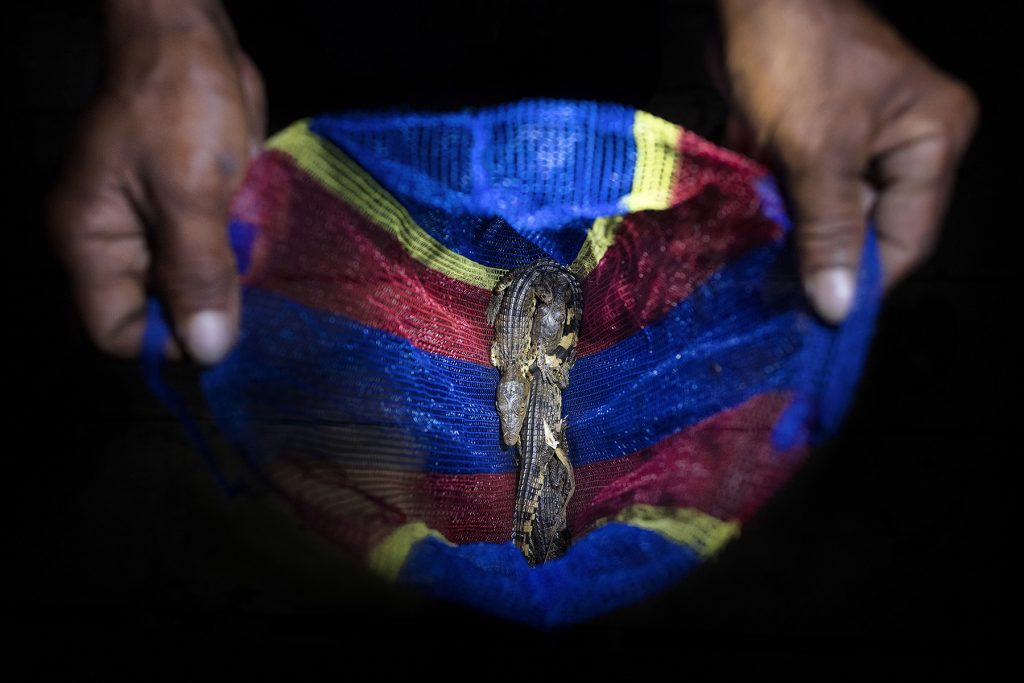
Crocodile Keepers 08
The average length of a baby crocodile is less than 20 cm and the survival rate is low due to the threat of predation by snakes monitor lizards birds and fire ants It is not uncommon for baby crocodiles to be carried away by strong currents when venturing outside their birthing site into streams and rivers br In order to enhance the chances of survival once the nest has been located and secured the hatchlings are collected by community members and Bantay Santuwaryo and then transported to the Philippine Crocodile Conservation Center where they are bred in captivity until they reach juvenile age It has been observed that the survival rate of all the hatchlings collected is approximately 79 which is a significantly higher percentage compared to the survival rates observed in the wild where hatchling survival rates can be as low as 5
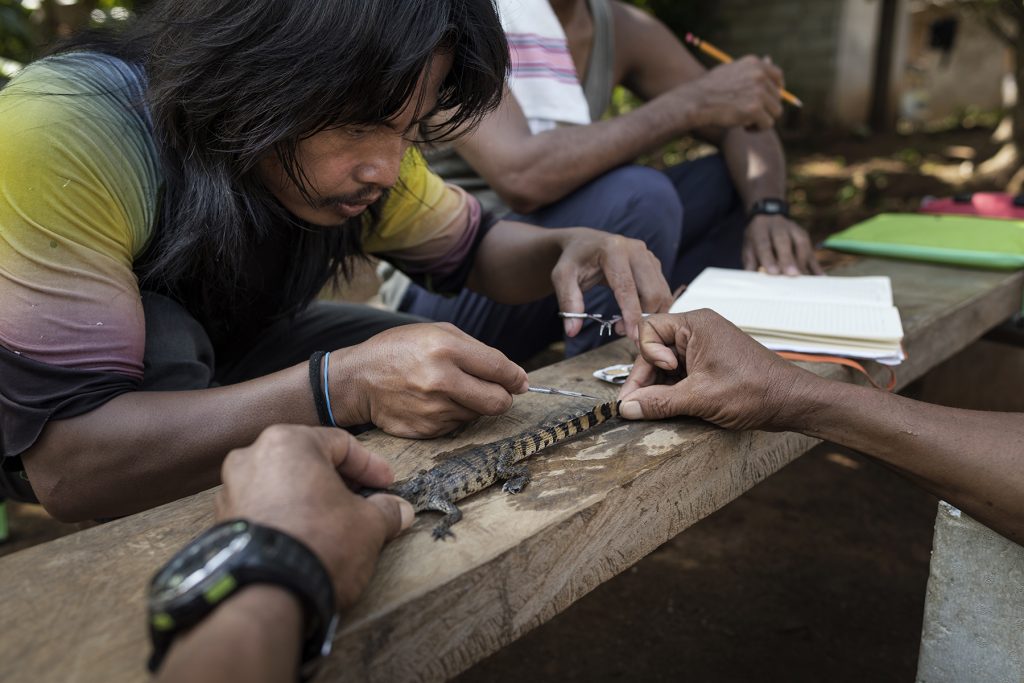
Crocodile Keepers 09
Amante Yog-Yog field operator for the Mabuwaya Foundation is marking a baby Philippine crocodile retrieved at Dunoy through clipping of the tail scutes using a small bisturi br An individual code has been assigned to each crocodile to enable identification and monitoring throughout the lifespan The baby crocodiles retrieved at the same site will be initially isolated for approximately two months to prevent competition with other hatchlings and subsequently transferred to the enclosure ponds of PCCC where it will learn to swim hunt and develop social skills
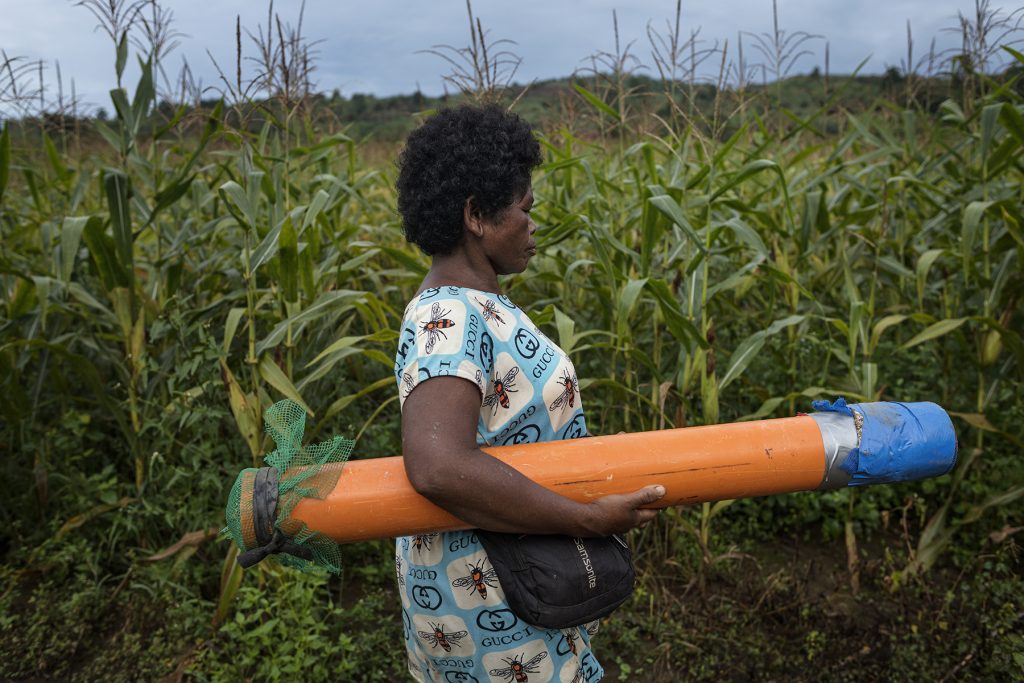
Crocodile Keepers 10
Baby Grace Magas is transporting a juvenile Philippine crocodile in a plastic tube to the release site in Dunoy The strategy of empowering the local community in Philippine crocodile conservation has proven to be an effective approach for the dual purposes of crocodile and environmental conservation
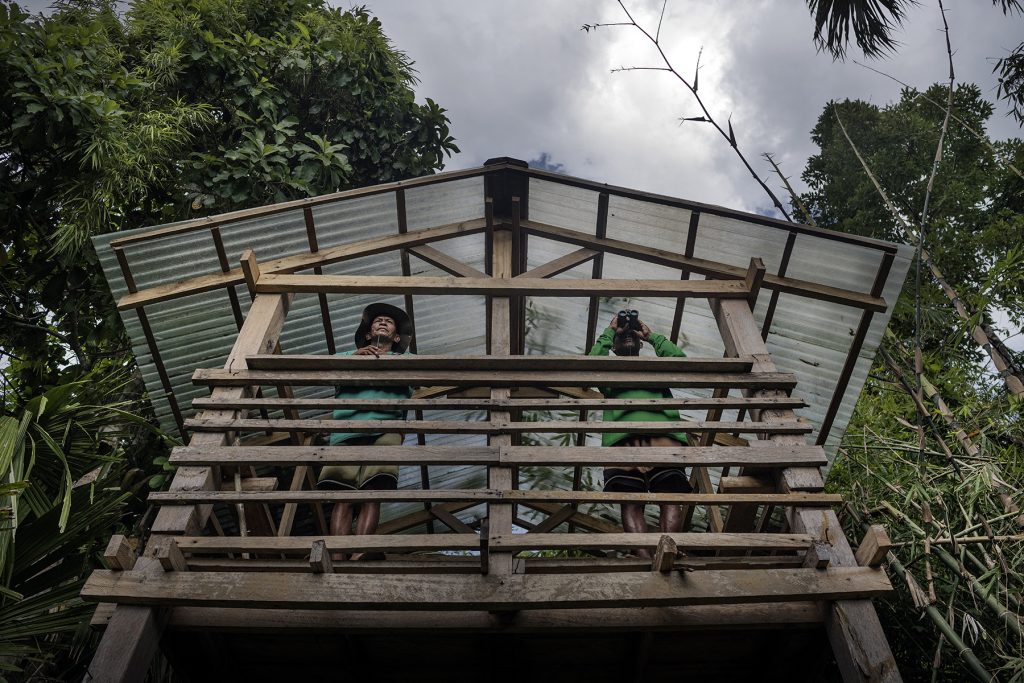
Crocodile Keepers 11
Bantay Santuwaryo Victorino Montanes left and Rogelio Etchore right are looking the behavior of some specimens of Philippine crocodile from the observatory tower situated within the precinct of Dunoy Lake These local wardens are trained community members in environmental law who are tasked with enforcing the rules and regulations and reporting violations to the relevant authorities They are also responsible for disseminating information to the community as well as monitoring the crocodile sanctuaries Every four months they participate in survey activities along the rivers and creeks with the aim of updating data on the Philippine crocodile population and their survival in the wild
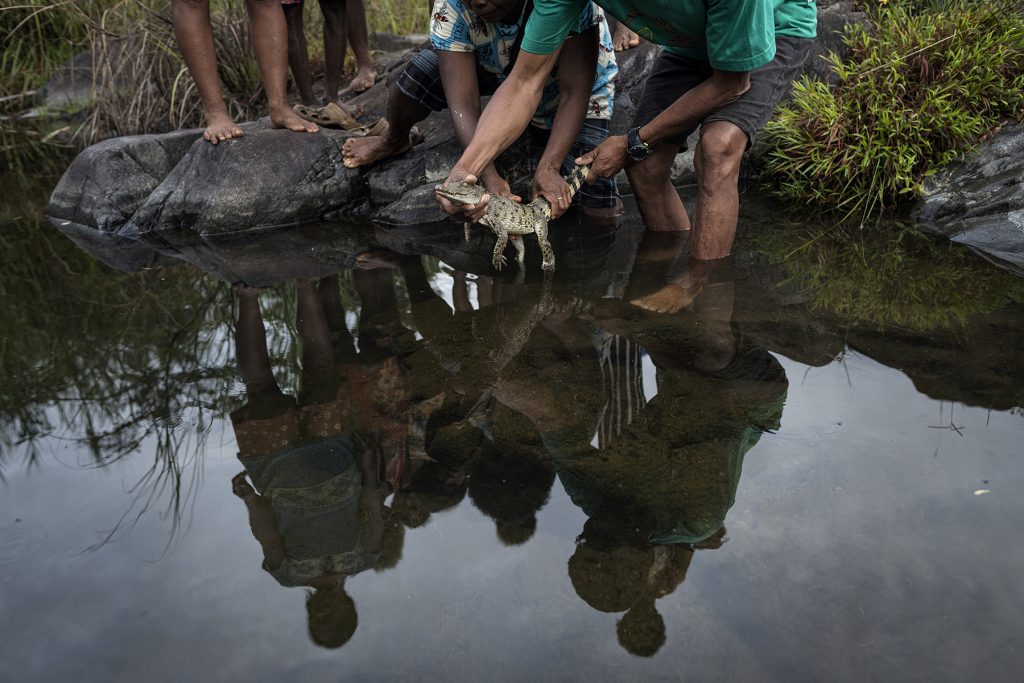
Crocodile Keepers 12
The local community of Dunoy is releasing a juvenile specimen in a small creek adjacent to the Disulap River The release of juvenile crocodiles into the wild represents the culminating phase of the head-start program which seeks to enhance hatchling survival rates and facilitate the recovery of the Philippine crocodile population Crocodiles serve as a keystone species in freshwater ecosystems The extinction of such an apex predator could have a profound impact on fundamental ecological processes Since the launch of the program the local community has consistently demonstrated an active commitment to the protection of the crocodile and its habitat the restoration of its population and the maintenance of ecosystem balance